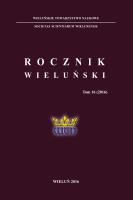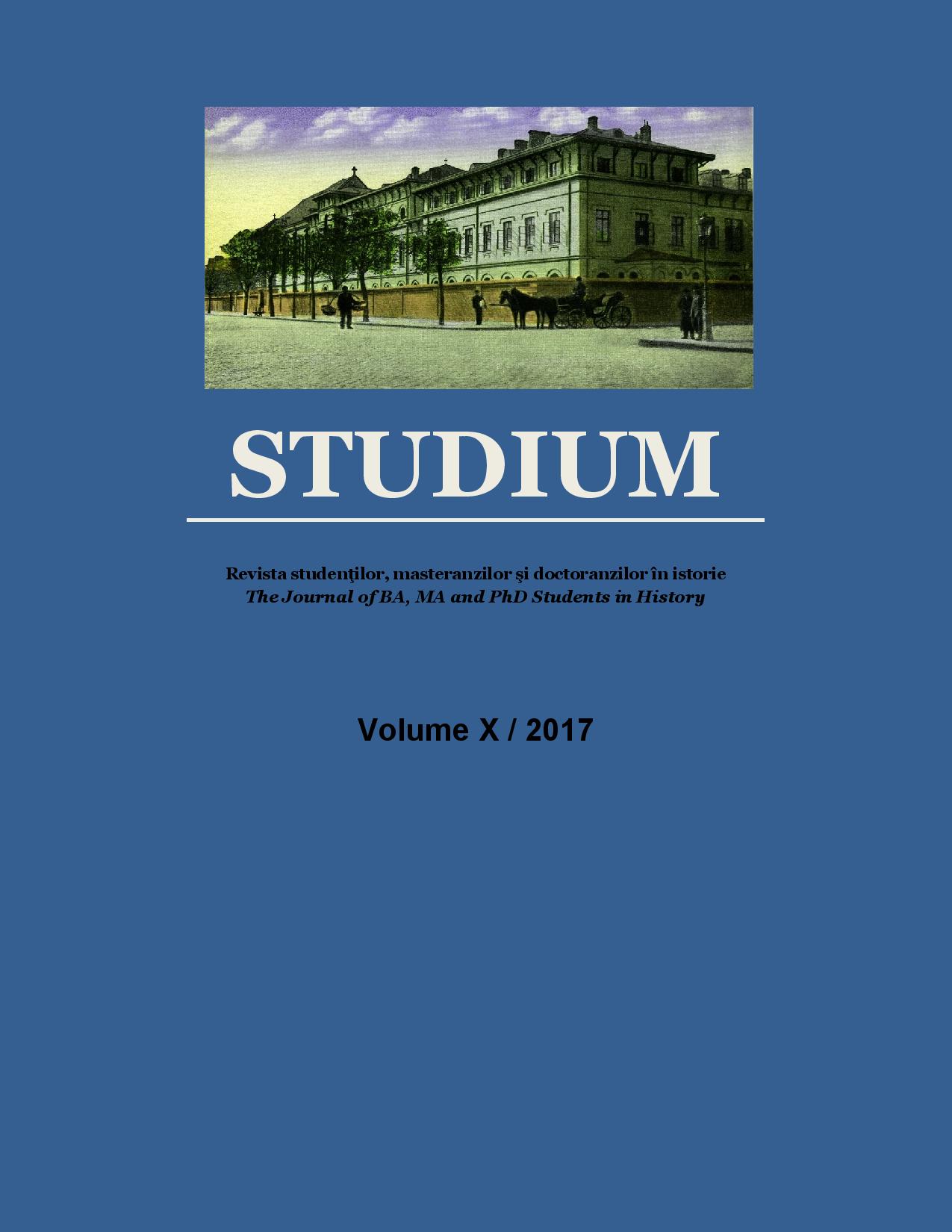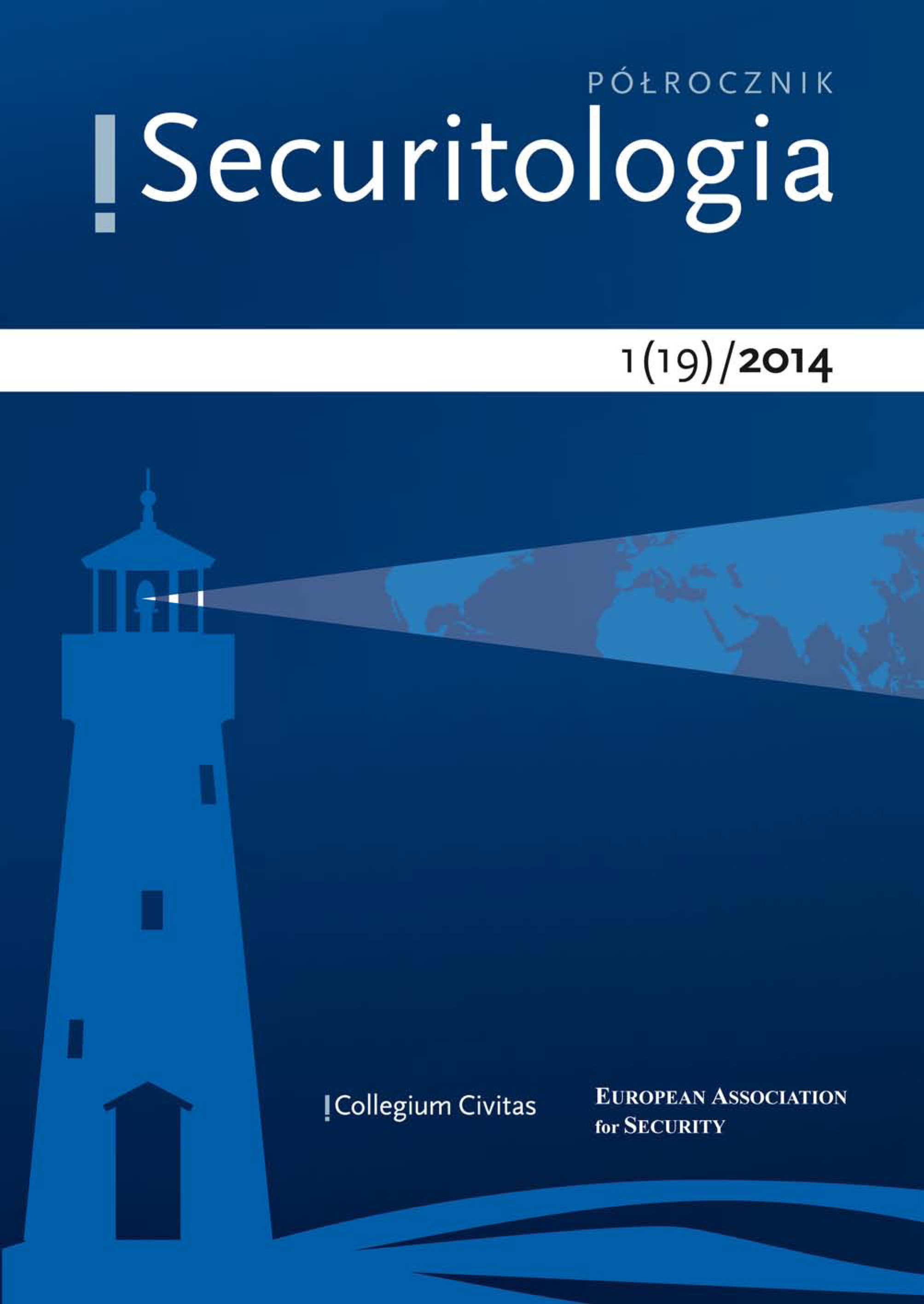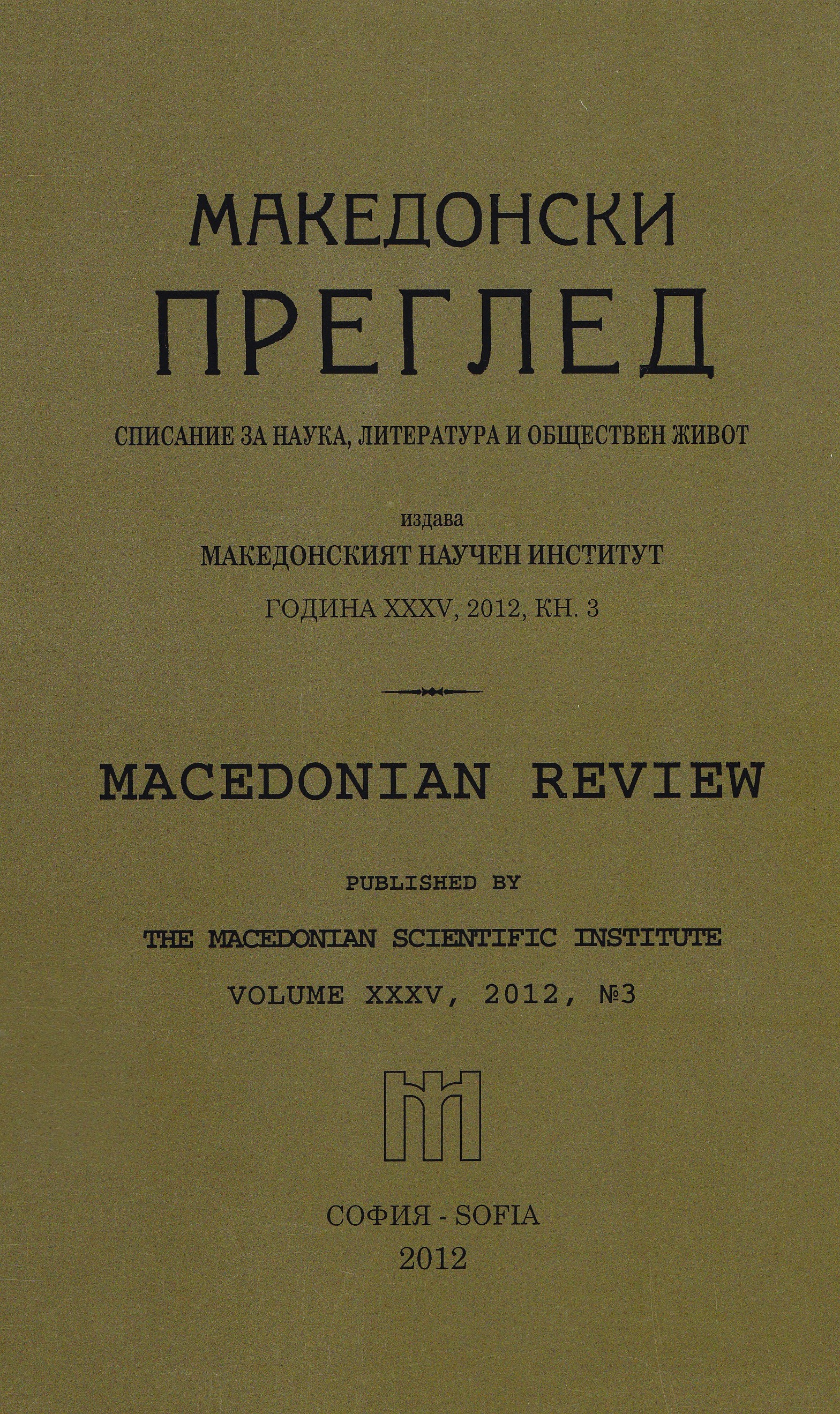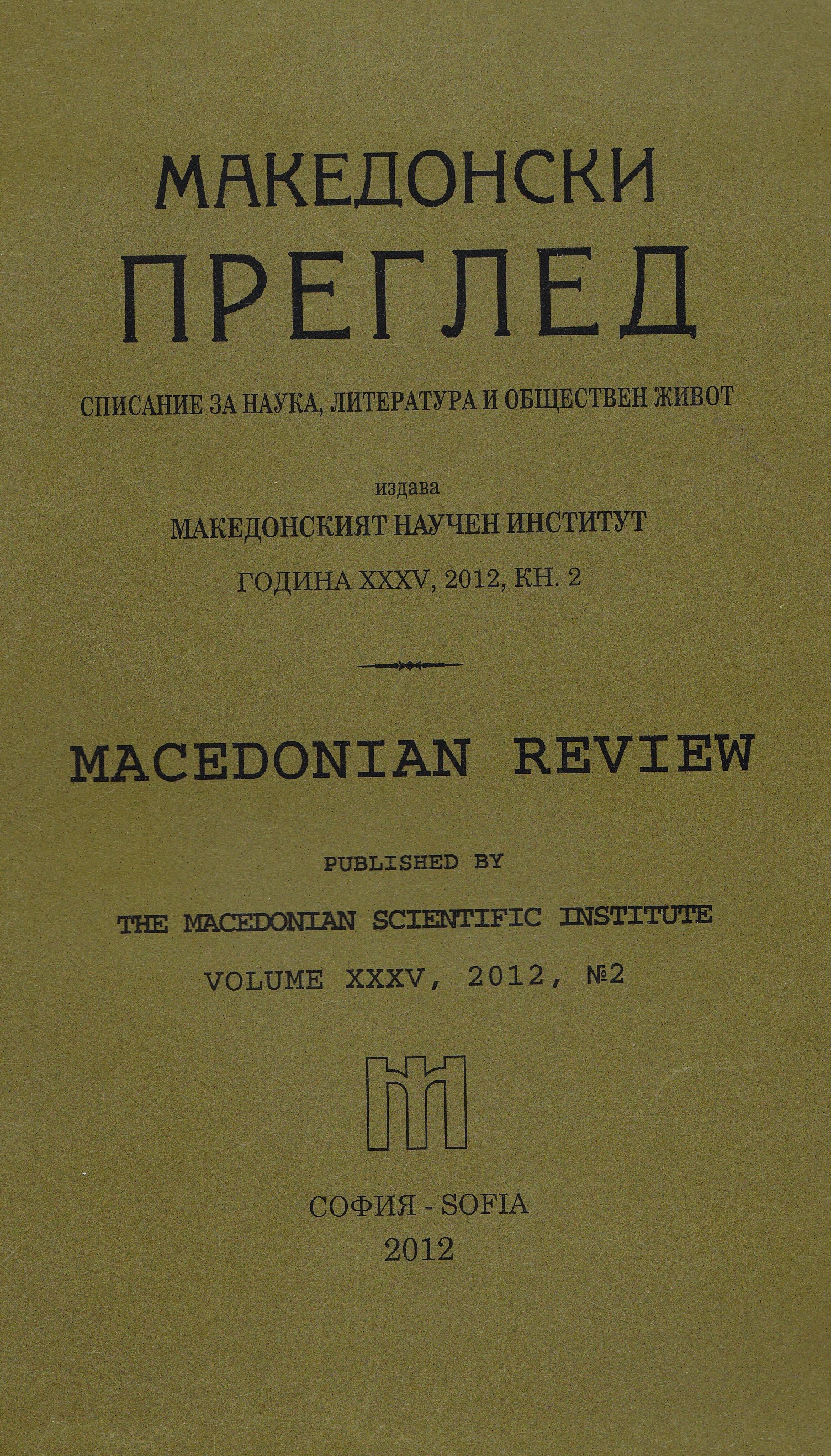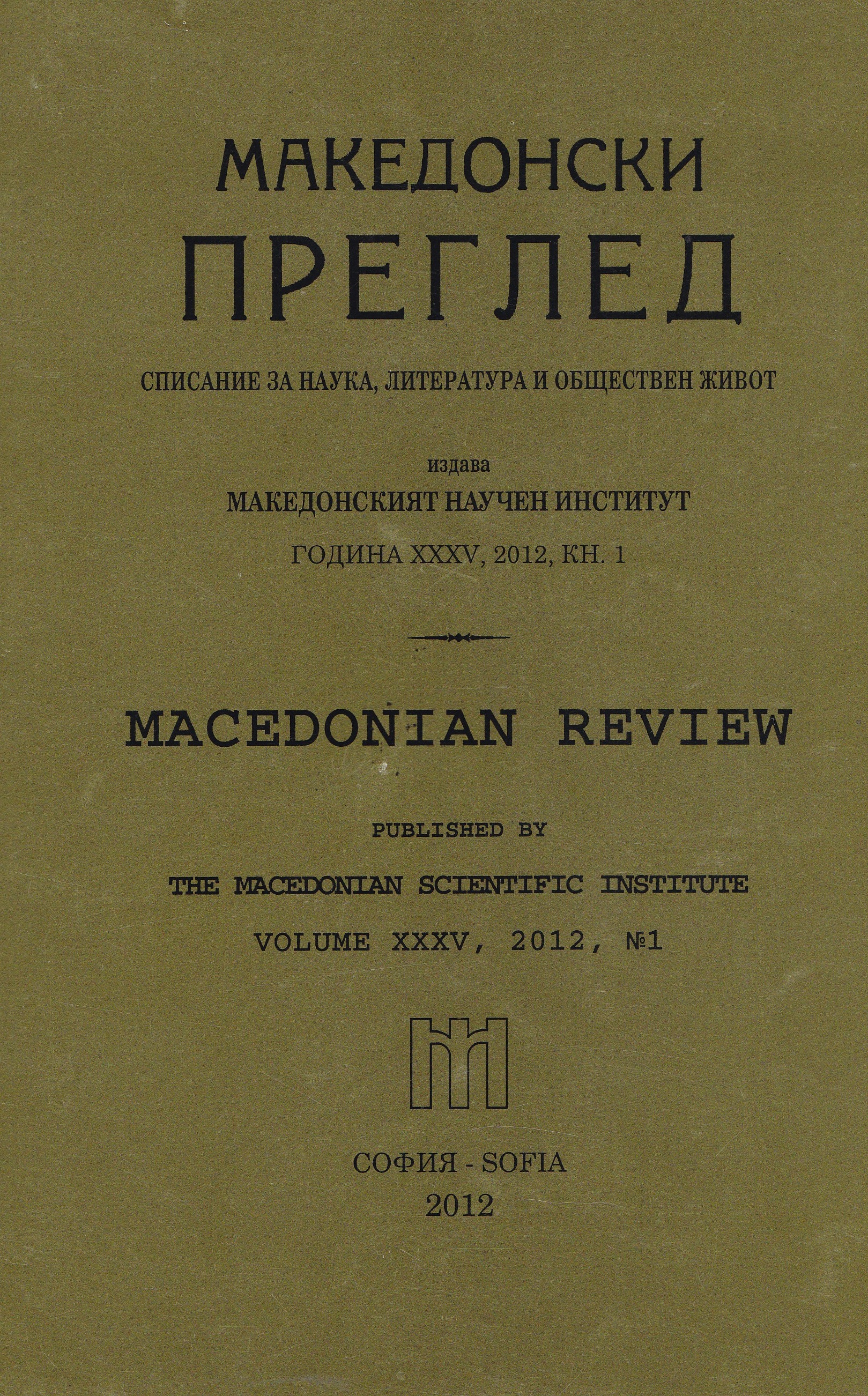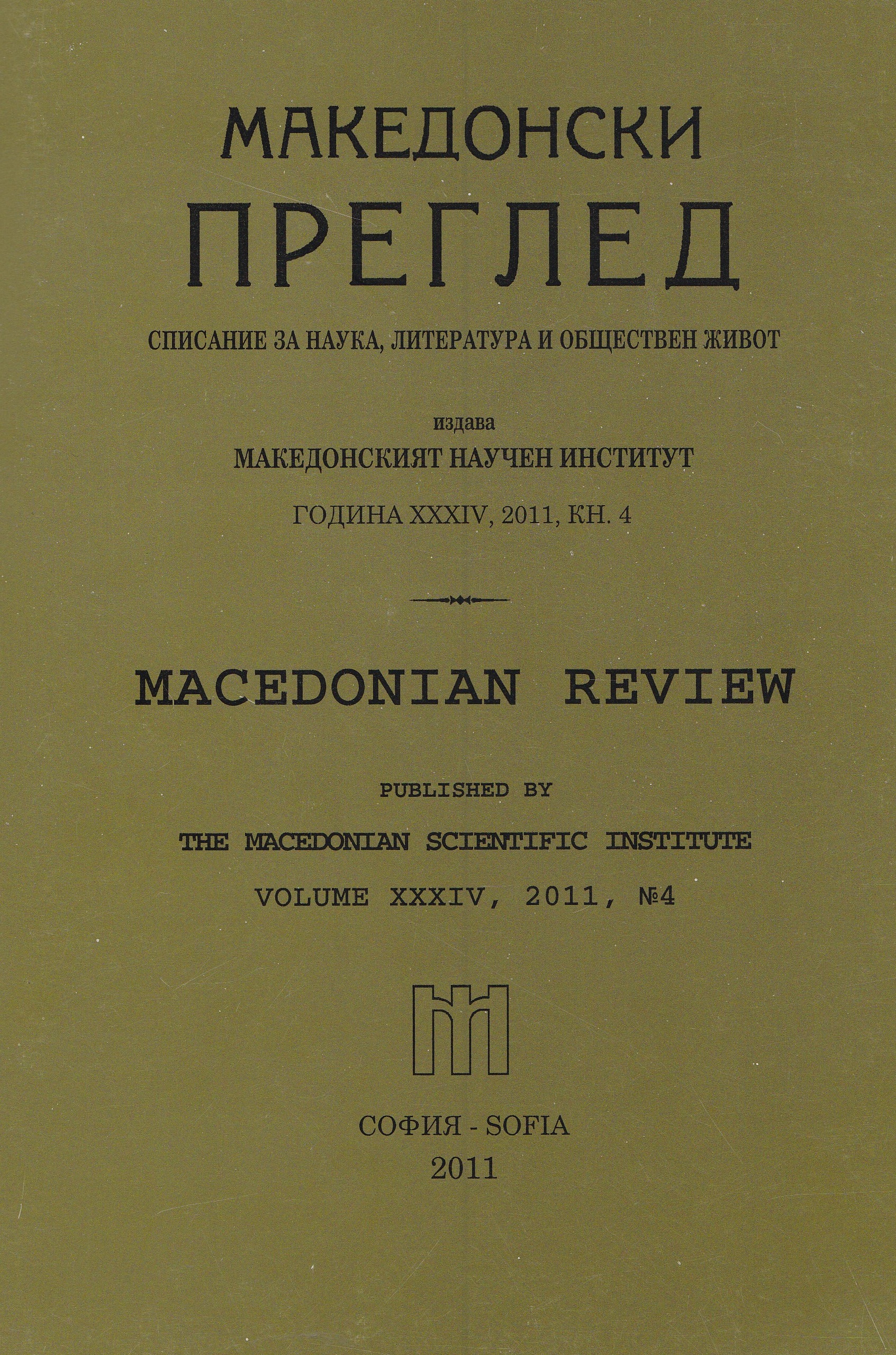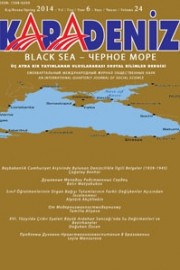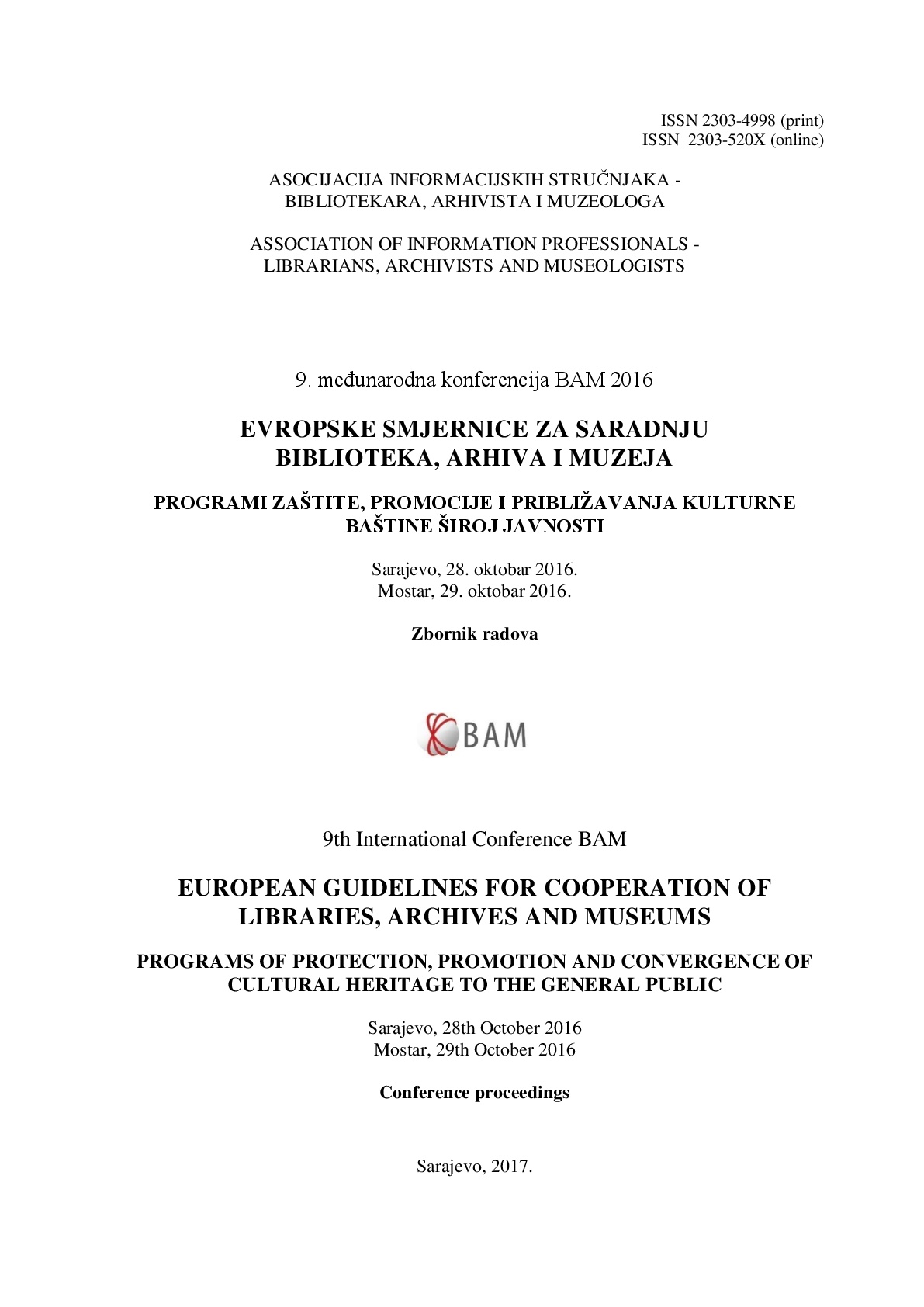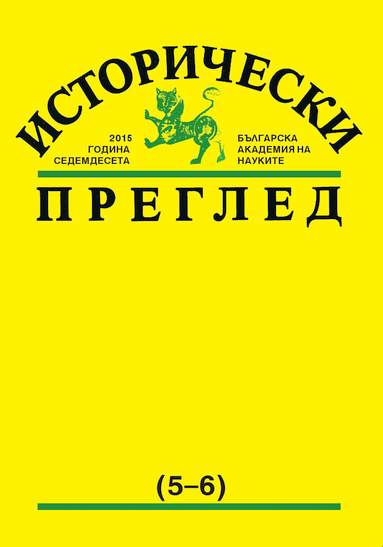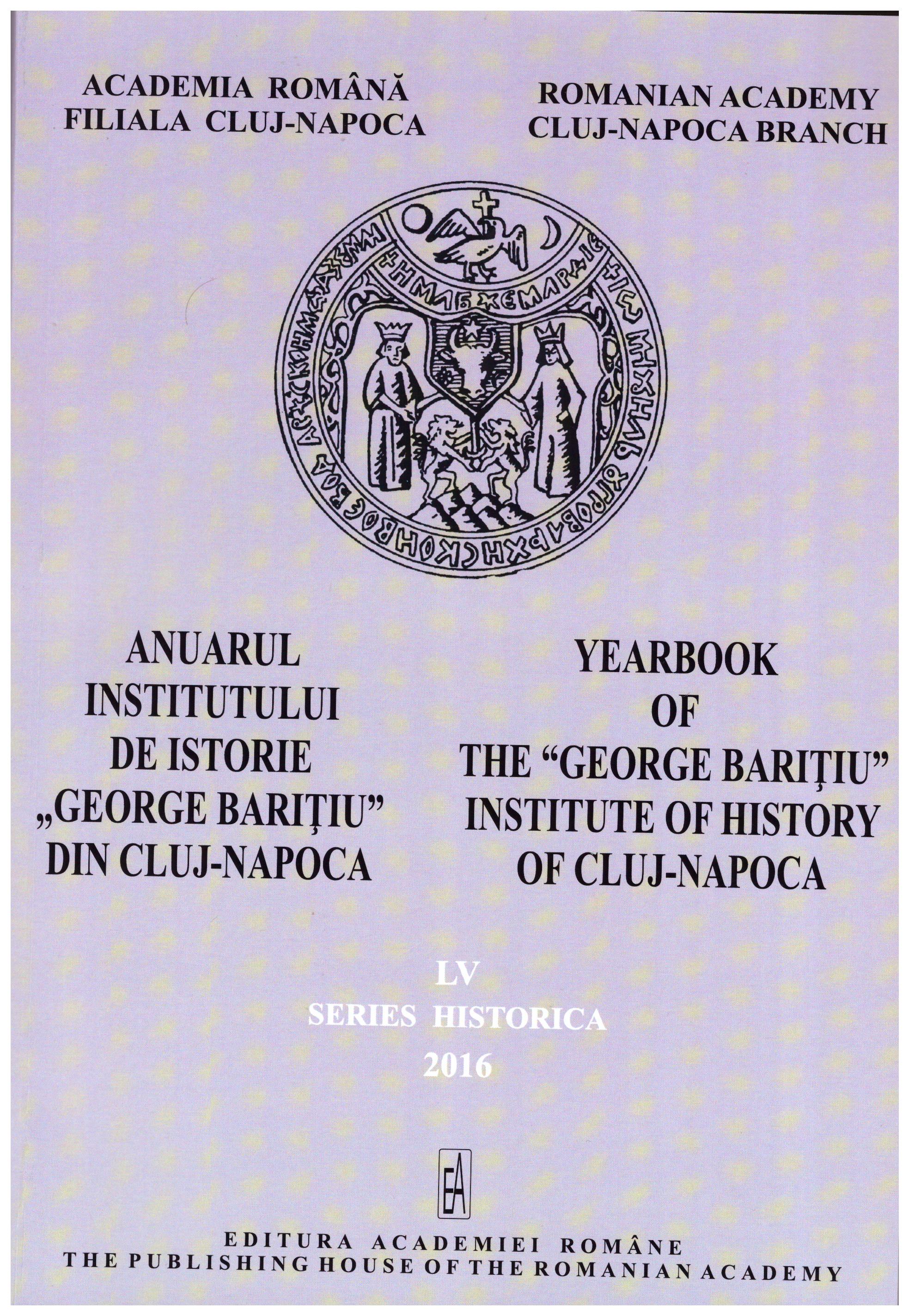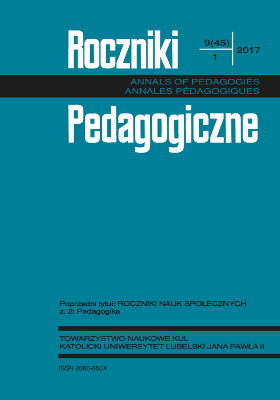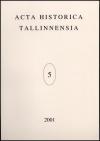
Ilm teeb ajalugu. Aspekte talurahva ühiskondlikust haavatavusest Eesti- ja Liivimaal 19. sajandi algul
The article explores the deviation from the regular life pattern of peasantry caused by the weather in the governorates of Estonia (today northern Estonia) and Livonia (southern Estonia and northern Latvia) in the early 19th century. The culmination of the crisis, characterized by peasants 'coping difficulties, famine and massive death rates, was in 1808. In Estonian historiography the social shock has been examined from various aspects. However, from the environmental point of view the precise background and the course of the crisis have not been opened clearly enough. It has been generally accepted that in pre-industrial era societies were sensitive to environmental changes caused by the weather. Even small-scale deviations from accustomed weather patterns could easily bring about difficulties in coping with everyday life. The scale of losses caused by extreme weather cannot be measured by the amount of pouring rain or the length of the drought in days. Social vulnerability to environmental hazards is what accounts. There is no universal methodology for measuring vulnerability. Social vulnerability to weather can be tracked by following meteorological events recorded in written sources. It is also important to find out the reflection of the author on the societal impact of meteorological events. The tighter the information and the longer the timescale, the better. Information on the weather pattern in Estonia at the beginning of the 19th century is sparse. There are single facts, both societal and meteorological, but that is far too little in order to establish a plausible causal chain in weather–society relations. Fortunately, there is an account by Burtnieki parish pastor Johann Heinrich Guleke. The parish was situated in the northern part of Latvia not far from the territory of Estonia. In his account of the period 1806–1816 the causal chain of weather–society relations is described in a credible way. Guleke’s description helps us to understand how a weather-caused crop failure led to a subsistence crisis and high mortality. As the social and political structure of the two governorates of the period had essential similarities, the pattern of the vulnerability of the peasantry of Burtnieki was used to study whether the same pattern occurred under Estonian conditions. One of the possible approaches is to compare death rates using parish church books. Unfortunately, death census books of Latvian parishes are not so well preserved as in Estonia. Nevertheless, a kind of comparison is available. The death rates of the period 1806–1816 of three Latvian parishes – Cēsis, Dikļi and Ērģeme – have the same death pattern as Estonian parishes Kanepi, Otepää and Karula, which are geographically closest to the three Latvian parishes, and one North Estonian parish, Haljala. Death rates start to grow in 1807, reach the peak in 1808 and drop next year. It is worth mentioning that there are no signs either in weather patterns or death rates of the effect of the 1815 eruption of Mount Tambora, which caused the “Year Without a Summer” in many places all over the world and subsistence crises in the southern and central parts of Europe, notably in Switzerland. Death rates of the period 1807–1809 of nine Estonian parishes, Jüri, Harju-Jaani, Jõelähtme, Kuusalu, Kose, Risti, Harju-Madise, Simuna and Ambla, were figured out. In six cases (Risti, Harju-Madise, Jüri, Jõelähtme, Kuusalu and Kose) the death pattern is almost the same as in the cases of the seven parishes referred to above: death curve rises in 1807, achieves a peak in 1808 and drops in 1809. However, in four parishes the mortality rates are different. In Simuna for example the death curve starts to rise in 1807 and reaches its peak in 1809. In Harju-Jaani the death peak is not in 1808 but in 1807 and then gradually drops. In Ambla the death rates of 1807 and 1808 are almost on the same level and drop in 1809. The differences are difficult to explain. There is a possibility that the causal chain of environment–society relations functioned differently, i.e. vulnerability patterns were dissimilar. Moreover, the majority of the massive deaths were by no means due to famine caused by bad weather. An important factor in the rise of death rates was the spread of various contagious diseases because of malnutrition. Deviations could be explained by case studies on local level.
More...
